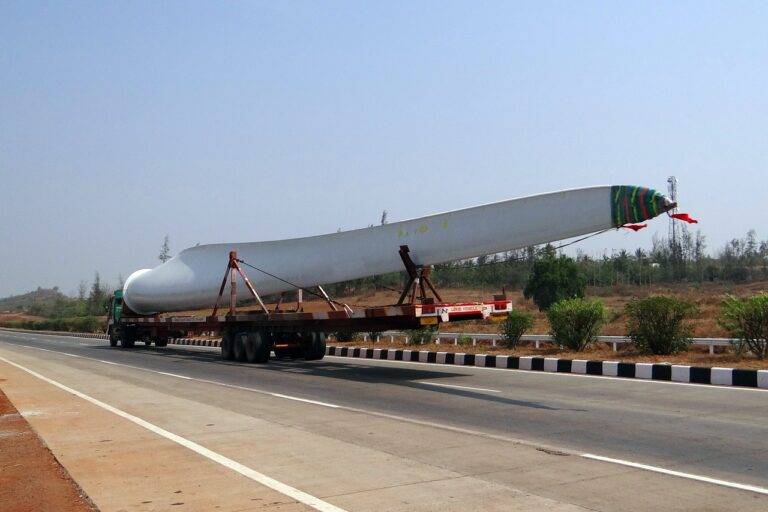Election Forecasting: Predicting Outcomes with Data Analytics
One common method used in election forecasting is the polling approach. Polling involves conducting surveys to gauge public opinion and predict the likely outcome of an election. Polling data is collected through various methods such as phone surveys, online polls, or in-person interviews. The data collected is then analyzed to identify trends and patterns that can help forecast the election results.
Another method utilized in election forecasting is the use of historical data. By examining past election results, researchers can identify patterns and variables that may influence future elections. Historical data can provide valuable insights into voter behavior, demographic shifts, and other factors that can impact the outcome of an election. By leveraging historical data, forecasters can develop models to predict the potential outcomes of upcoming elections with greater accuracy.
The Importance of Data Analytics in Election Prediction
Data analytics plays a crucial role in the realm of election prediction. By utilizing advanced algorithms and statistical models, analysts can process vast amounts of data to identify patterns and trends that provide valuable insights into voter behavior. This data-driven approach allows for more accurate and objective forecasts, helping to mitigate potential biases and errors in predictions.
Furthermore, the integration of data analytics in election prediction enhances the transparency and accountability of the forecasting process. By relying on empirical evidence and statistical analysis, analysts can offer more informed and reliable assessments of electoral outcomes. This not only benefits the public by providing them with more accurate information but also fosters trust in the integrity of the election forecasting methodology.
Factors Considered in Election Forecasting
One crucial factor considered in election forecasting is the historical voting patterns of the electorate. Analysts often look at past election results to identify trends and predict potential outcomes based on how certain demographics have voted in previous elections. By understanding voting behavior of different groups over time, forecasters can make more accurate predictions about how specific regions or demographics are likely to vote in upcoming elections.
Another important factor in election forecasting is the current political environment. Factors such as popular sentiment towards incumbent leaders, prevailing economic conditions, and recent events or scandals can play a significant role in shaping voter behavior. Analysts carefully assess these factors to gauge the overall political climate and make informed projections about how these dynamics may influence the outcome of an election.





